
State of Development, November 2025
Frontend musdb Importer Core Parser

Frontend musdb Importer Core Parser
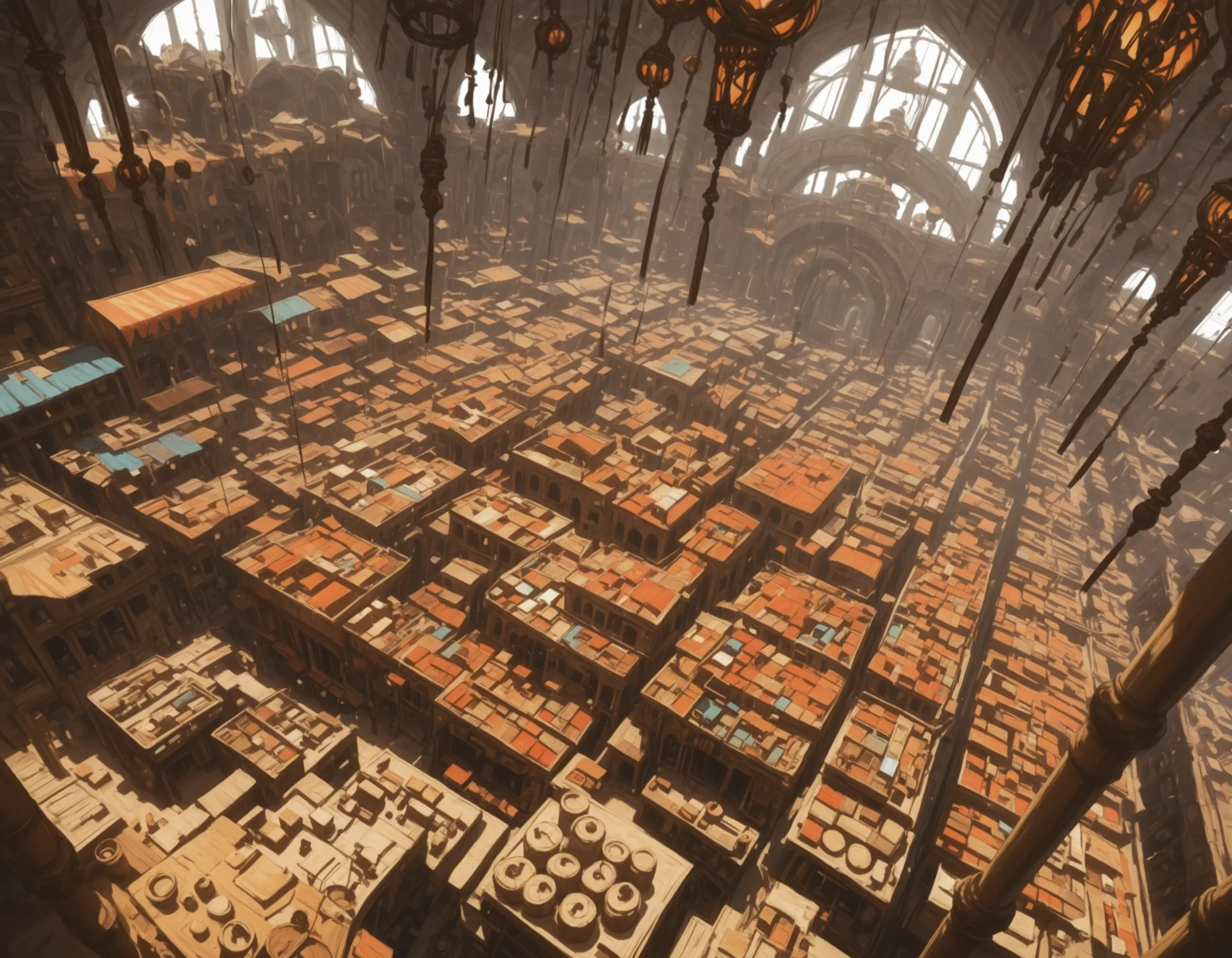
A summary of recent updates and development around museum-digital in October 2025.

Recent (technical) development around museum-digital in September 2025.

A summary of the recent updates and (technical) development around museum-digital in August 2025.
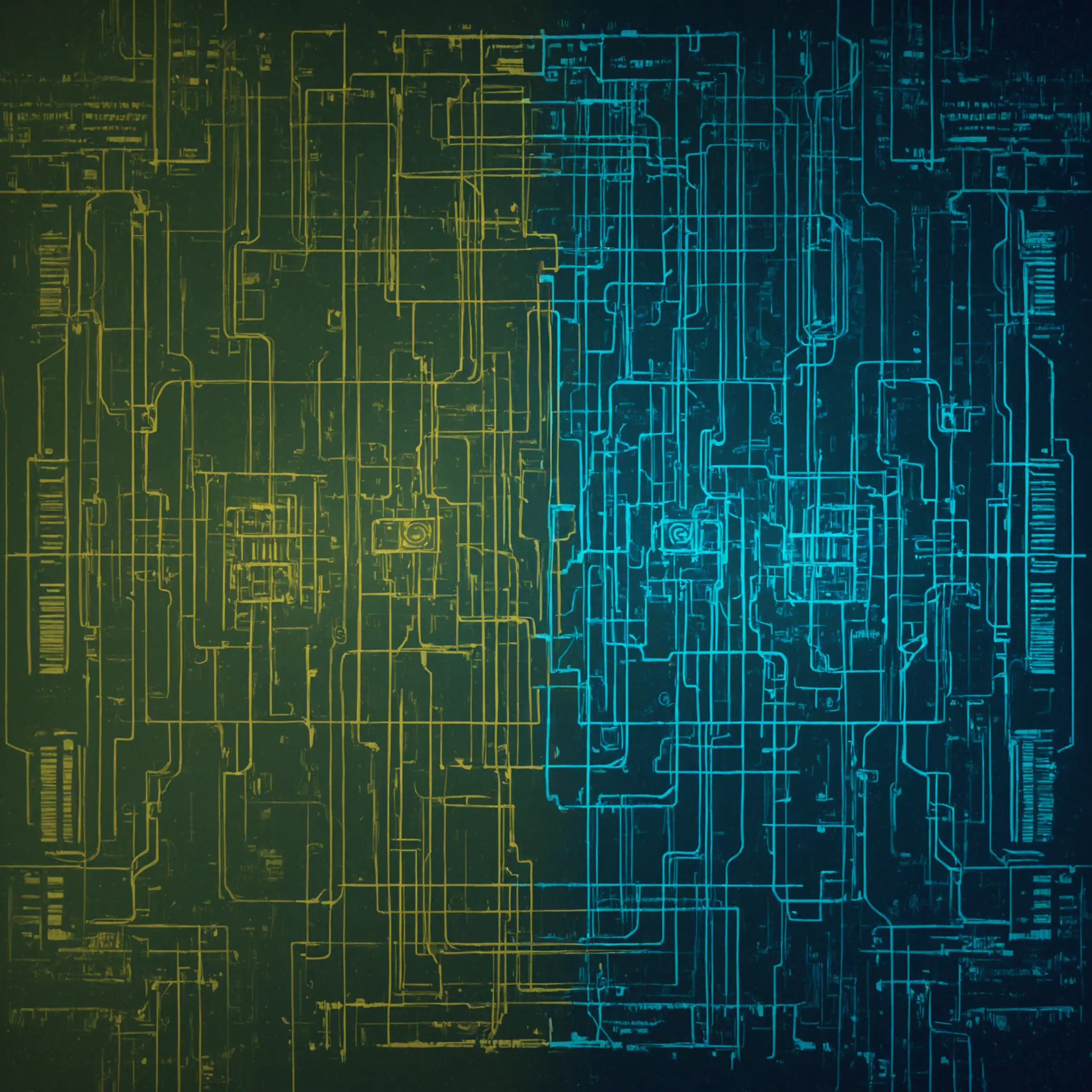
Interoperability has been one of the focal issues around museum-digital practically since its inception. Offering different, simple ways to bring data into the system was a necessary requirement to even think of what we do. And offering simple ways to get the data out of the system again is just good practice – though all …

June and especially July were at first glance once again rather slow months in terms of development at museum-digital. Generally, the pace and type of development seems to have changed this year. Rather than doing many small improvements all over the place, there is less but larger and more labor intensive changes and new features. …

museum-digital can now be browsed in Hindi.

An overview about recent developments around museum-digital in May 2025.
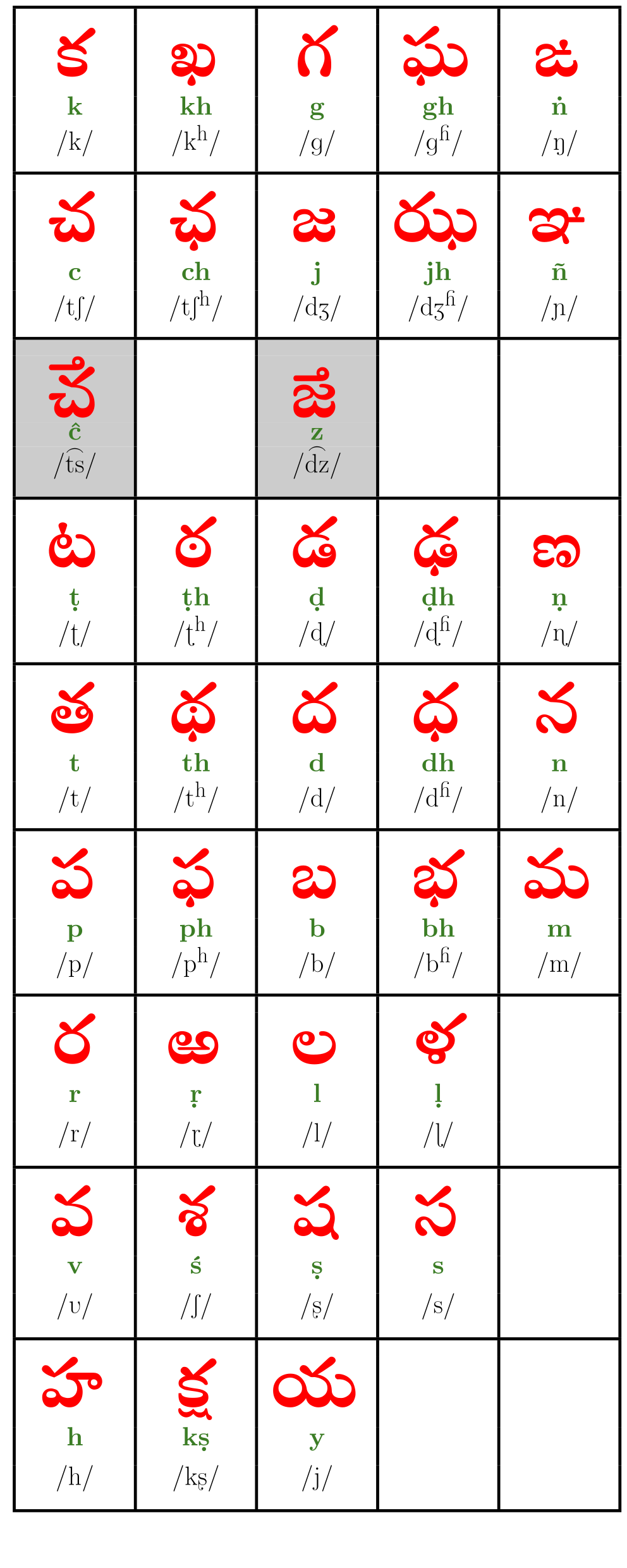
museum-digital’s public portals can now be browsed in Telugu.
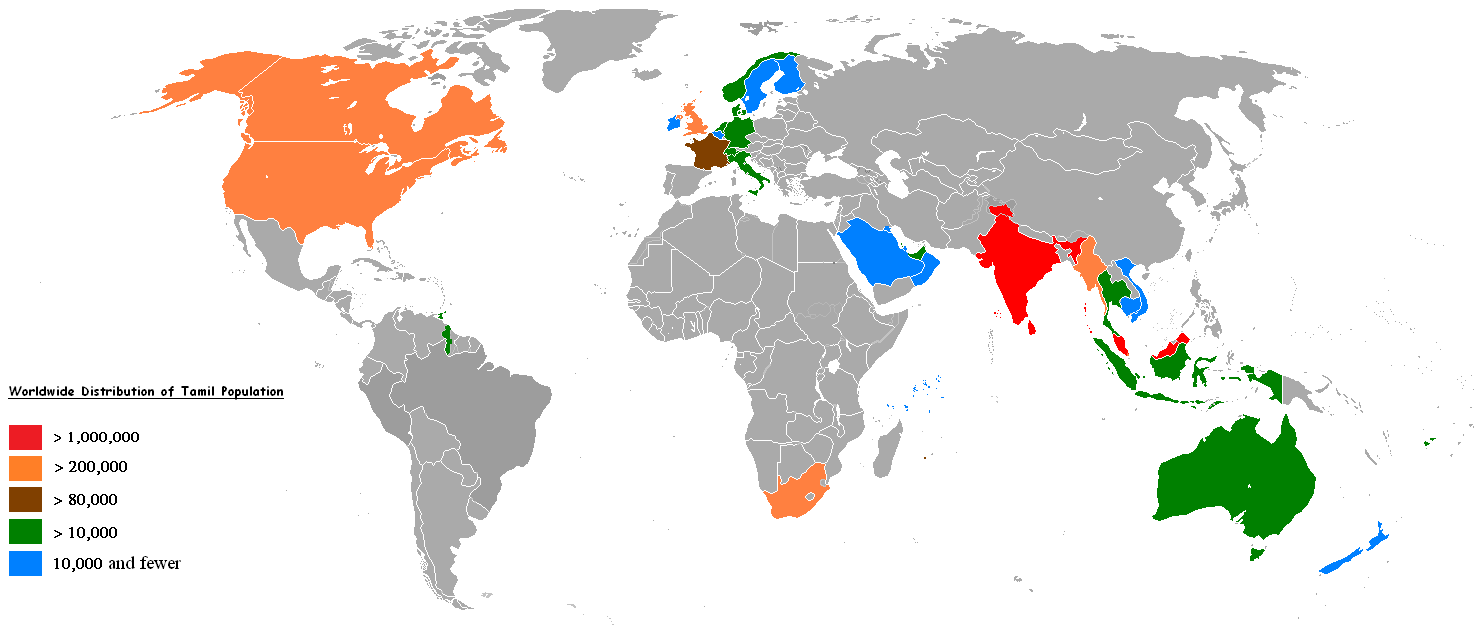
museum-digital’s public portals can now be used in Tamil.

Frontend musdb Importer
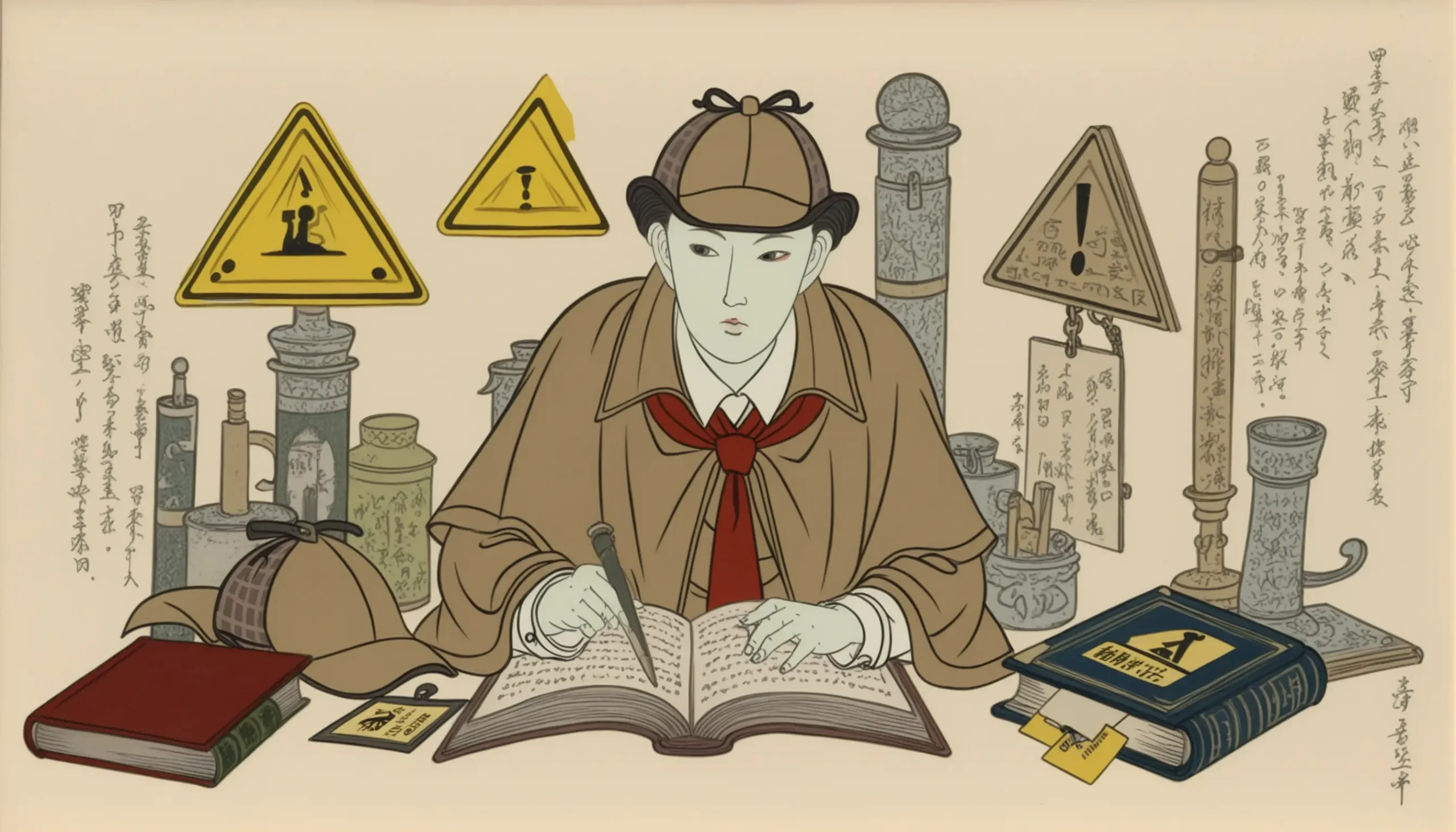
If you search for “run”, you want to find entries (objects, blog posts, etc.), that mention “ran”. If you search for inventory numbers like “*1”, you want to find “0001”. These are fundamentally different categories of search. In the first case, you want to have a language-aware full-text search. In the latter case, you simply …

In terms of development happening around museum-digital, February 2025 was a rather calm month. While more happened in the “machine room”, immediately visible changes are mostly restricted to bugfixes. And a whole new tool.
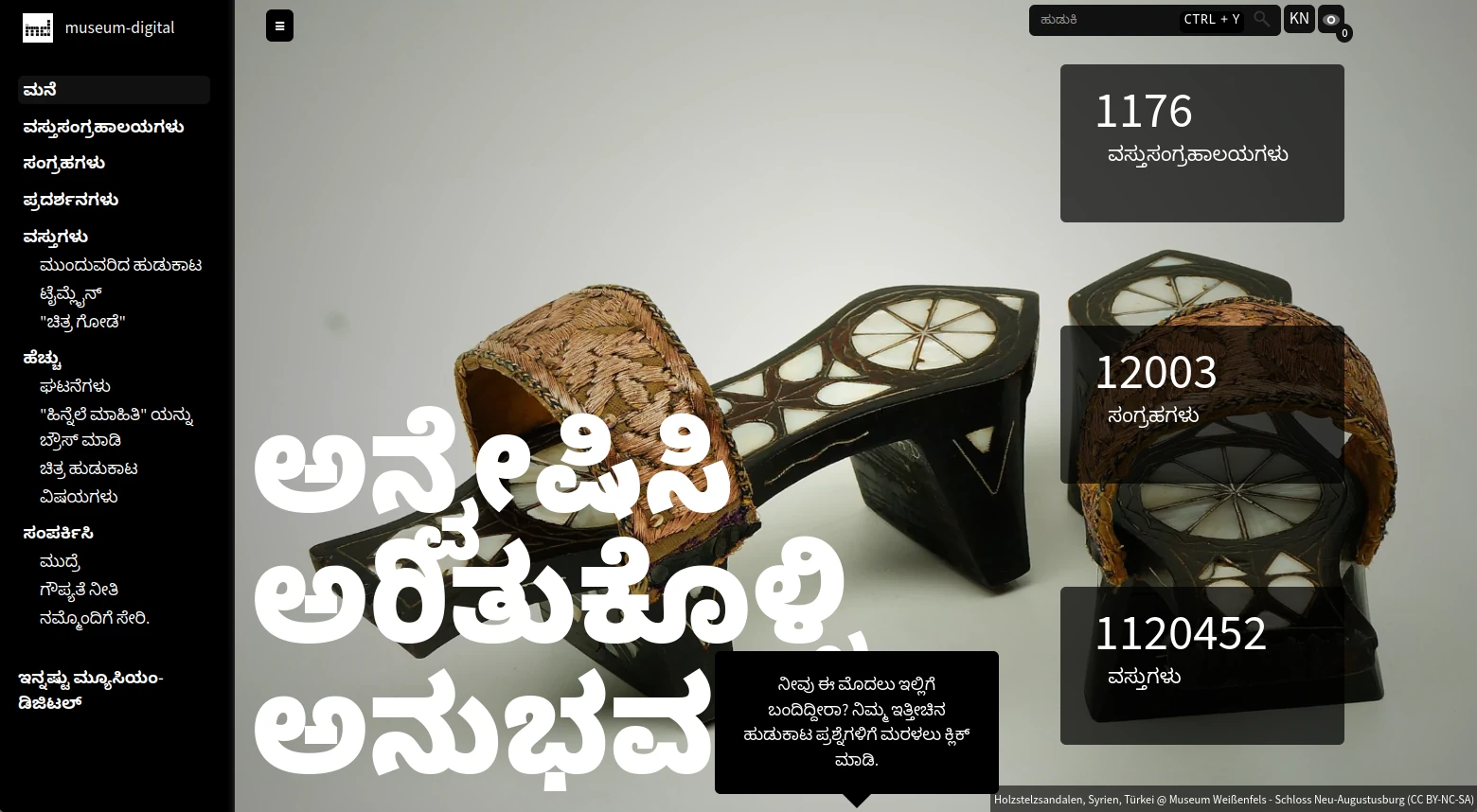
There’s lots of talk about the FAIR principles – publishing findable and accessible data. Logically, to be findable and accessible, the data should at the very least be described in the language of users, even if it is not itself translated. And that means, that before object information becomes multilingual, plattforms should become (more) multilinugal …

Last month a new sort option appeared on museum-digital: “Aesthetics prediction”. Thoughts on AI, beauty, and the discriminating nature of sorting.

Once again a simple change log of the recent updates to museum-digital’s different tools.
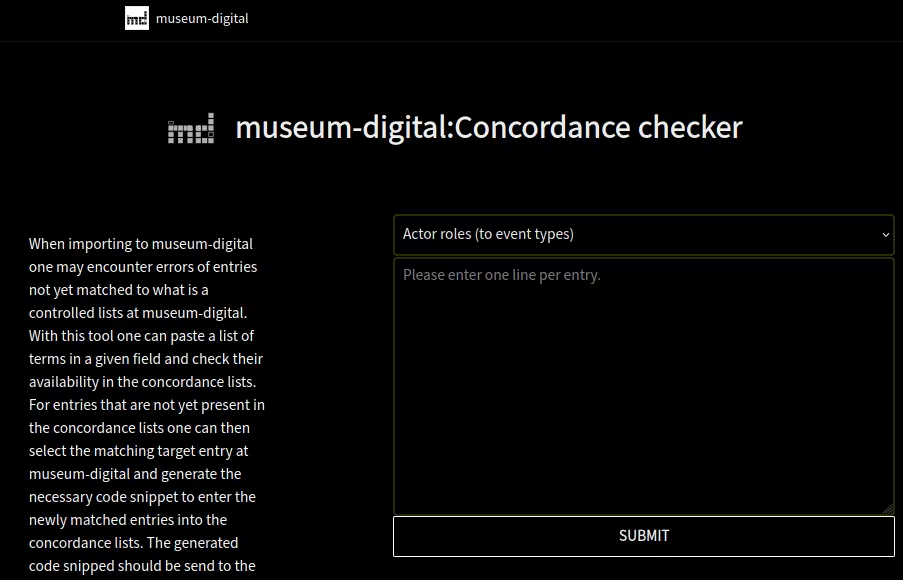
When one runs an import to museum-digital – specifically one focused on internal collection management data – there is a chance to encounter errors of unmatched entries. The import tool identified that one tried to import a yet unknown value to what is a controlled field in musdb. Common issues appear especially with actor roles …
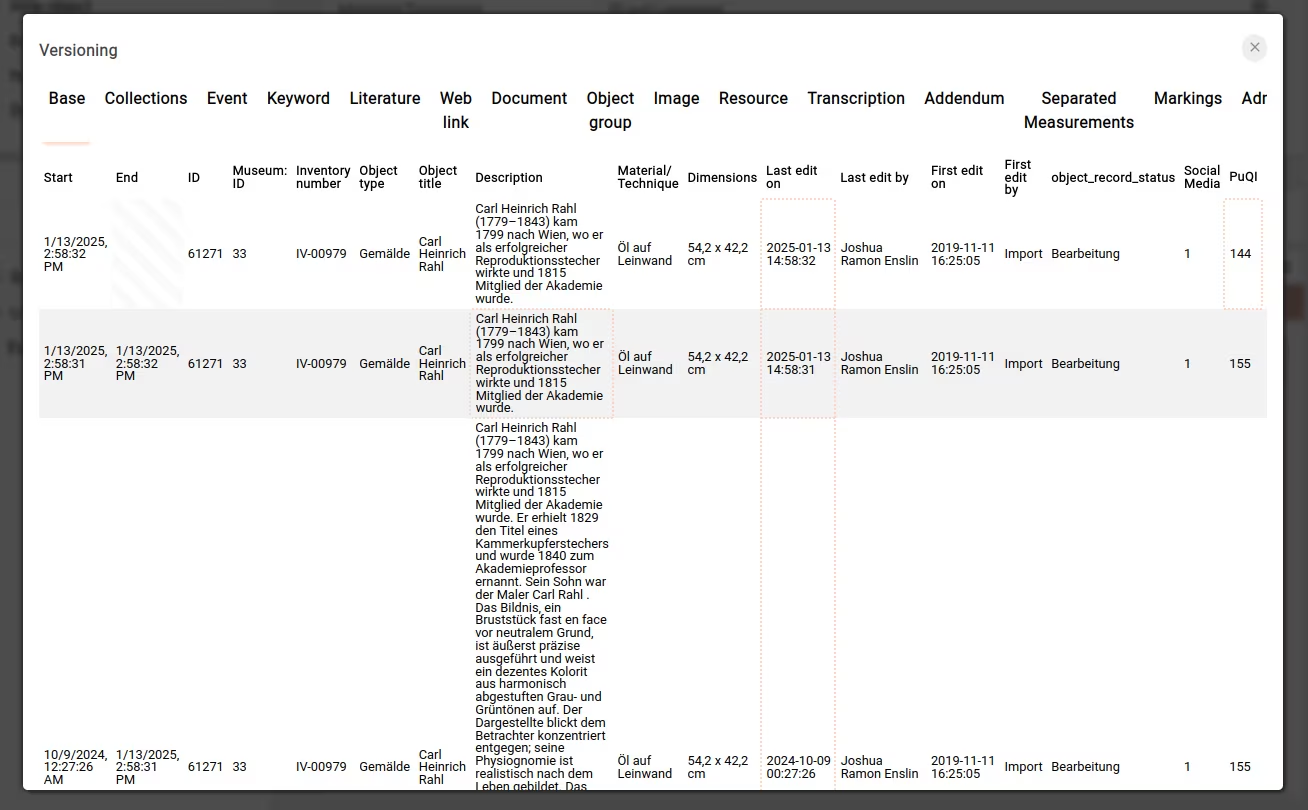
The new year 2025 comes with two long-awaited new features in musdb: detailed version control of object data and an option to batch transfer object data from one free text field to another. Version control Until a few days ago, a central and sorely missed feature in musdb was a detailed version history of the …

A short overview in list form of the recent technical updates around museum-digital, as of November 2024.
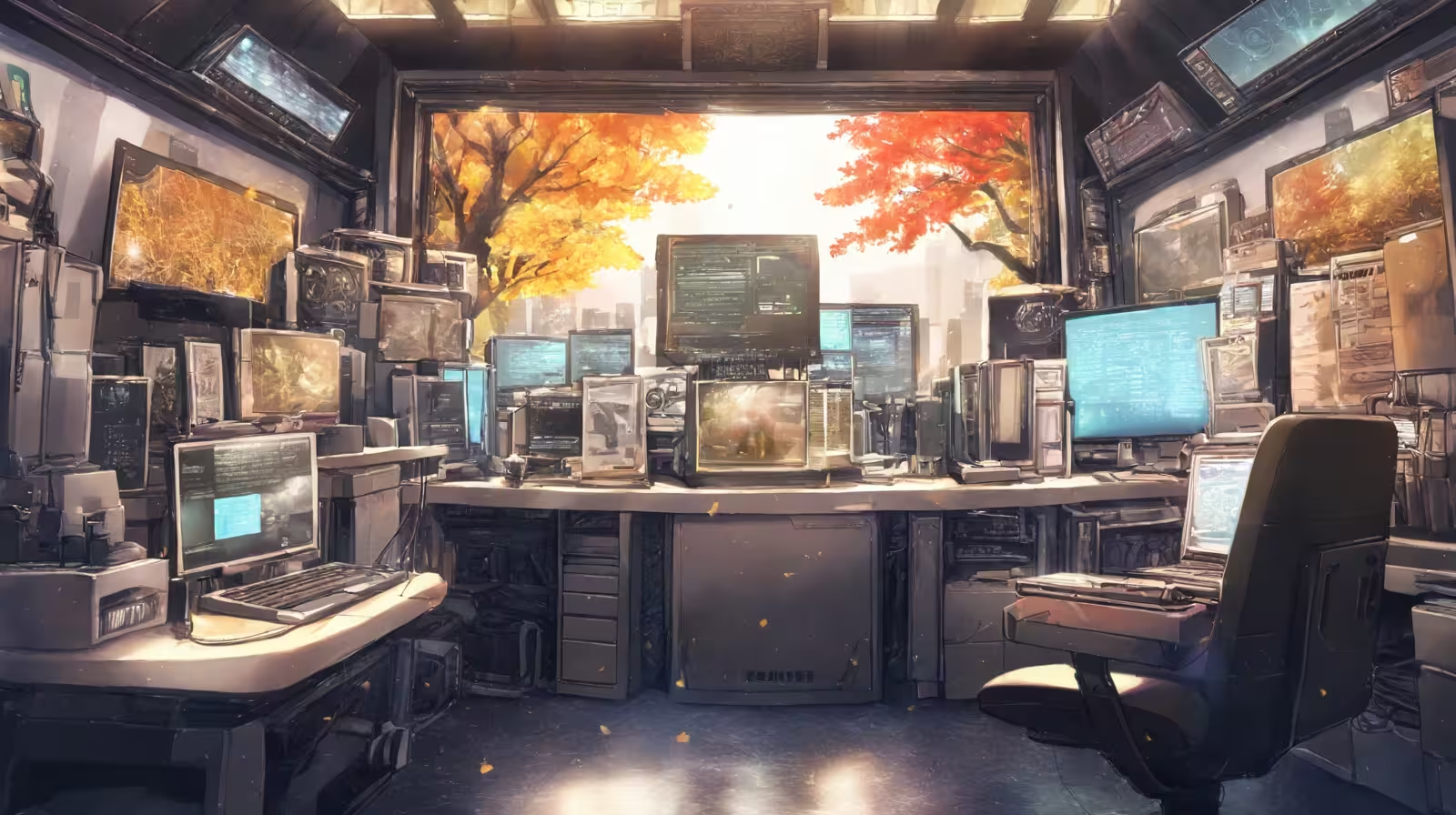
After the blog has been very quiet this year with regard to the technical development of museum-digital, we are now trying to publish the summaries of new developments – enriched with screenshots – that are prepared for the monthly “regional administrators” rounds in Germany anyway. These are in the form of listings, and this is …